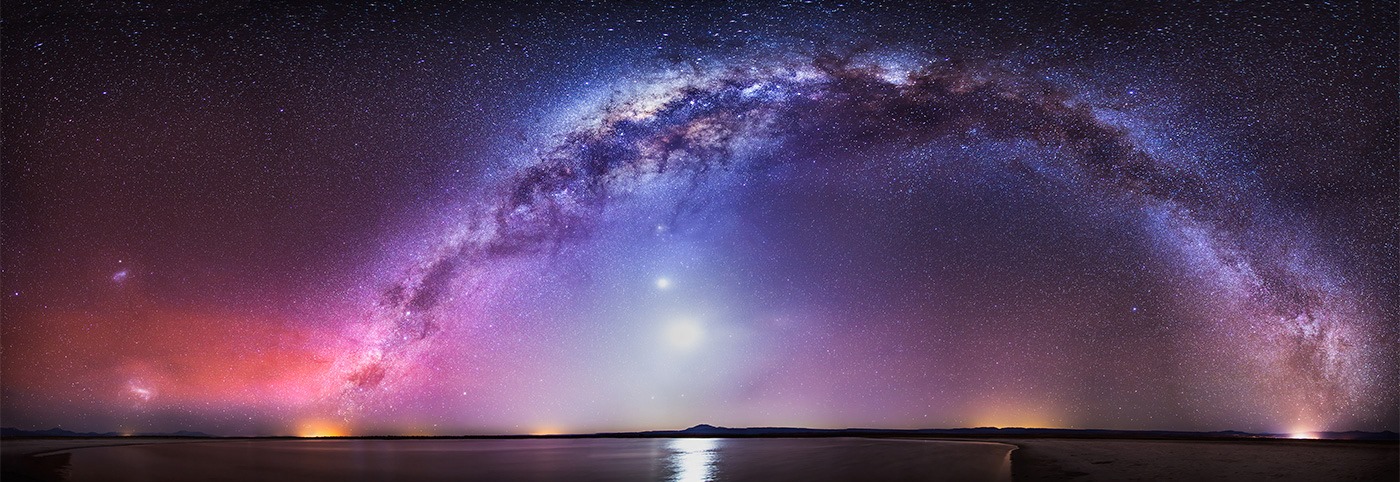ESA on Twitter
Space agencies at #COP22 reaffirm commitment to monitoring #climatechange – focus on water cycle https://t.co/gOcVr8qZvd #ClimateAction pic.twitter.com/GIvw09eakX — ESA (@esa) November 11, 2016

Space agencies at #COP22 reaffirm commitment to monitoring #climatechange – focus on water cycle https://t.co/gOcVr8qZvd #ClimateAction pic.twitter.com/GIvw09eakX — ESA (@esa) November 11, 2016
#FF for @Thom_astro who is preparing for launch to @Space_Station on 17 November together with @AstroPeggy & Oleg https://t.co/H1dznu7D1n pic.twitter.com/Mq6WR30xdw — ESA (@esa) November 11, 2016
Set for launch 14:06 CET (13:06 GMT) on 17 November #Galileo https://t.co/EX0EQXGprP — ESA (@esa) November 11, 2016
Baikonur update: video of @Thom_astro, @AstroPeggy and Oleg preparing for #Proxima launch. #allezthomas https://t.co/kT69nrprpY — Human Spaceflight (@esaspaceflight) November 11, 2016
https://twitter.com/esaspaceflight/status/797078181098426368
Call for media: Launch of #Galileo satellites 15-18. Liftoff with #Ariane5 at 13:06 GMT on 17 November. https://t.co/3RkCdORfNS pic.twitter.com/X3dYmFnNlu — ESA (@esa) November 11, 2016
A #Sentinel1 radar image of the Virunga Mountains in East #Africa, features in this week's #EarthFromSpace https://t.co/7QGKFYr6Km pic.twitter.com/7mtfOb9WU1 — ESA (@esa) November 11, 2016
The Virunga Mountains in #radarvision are pictured in this week's #EarthfromSpace https://t.co/mRgKFvz3M0 #sentinel1 — ESA EarthObservation (@ESA_EO) November 11, 2016
Join us at 10:00 CET for #EarthFromSpace, featuring the Virunga Mountains in East #Africa https://t.co/KLaB2hBAKt pic.twitter.com/CT90VO20Jy — ESA (@esa) November 11, 2016
Has anyone else got goosebumps?!@Linds_bluepeter awards @astro_timpeake his Gold Blue Peter badge! 🚀👏💛@spacegovuk #BluePeter pic.twitter.com/XcsjZnTp1W — CBBC (@cbbc) November 10, 2016